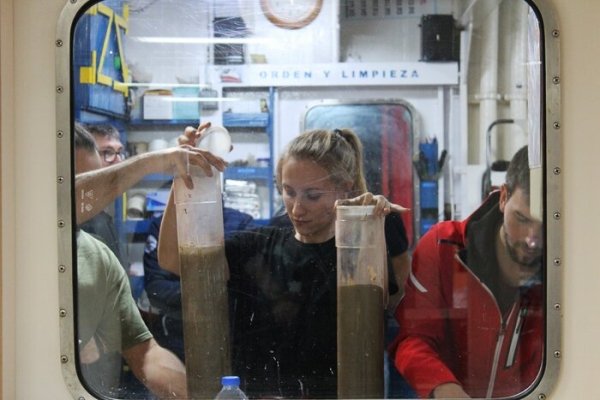Detection of plastic debris degrading into microparticles across all oceanic environments and inside of marine organisms is no longer surprising news.
Microplastic contamination now appears as one of the world’s environmental main concerns.
Plastics of all sizes have become the most dominant form of marine litter and it has been estimated that at least 5.25 trillion plastic particles weighing above 268,000 tons have been discarded into the Oceans.
The low cost, lightweight, strength, and durability of plastics are properties that make them suitable for manufacture on a wide range of daily-use products. Virtually everything is made of plastic nowadays.
However, the high demand and inappropriate disposal of plastic materials have led to their dispersion and accumulation into the environment.
According to a new study by the Universitat Autònoma de Barcelona, The total amount of microplastics deposited on the bottom of oceans has tripled in the past two decades with a progression that corresponds to the type and volume of consumption of plastic products by society.

Despite the seafloor being considered the final sink for microplastics floating on the sea surface, the historical evolution of this pollution source in the sediment compartment, and particularly the sequestration and burial rate of smaller microplastics on the ocean floor, is unknown.
This new study, published in the journal Environmental Science and Technology (ES&T), shows that microplastics are retained unaltered in marine sediments, and that the microplastic mass sequestered in the seafloor mimics the global plastic production from 1965 to 2016.
Laura simon, ICTA -UAB explains “Specifically, the results show that, since 2000, the amount of plastic particles deposited on the seafloor has tripled and that, far from decreasing, the accumulation has not stopped growing mimicking the production and global use of these materials,”










